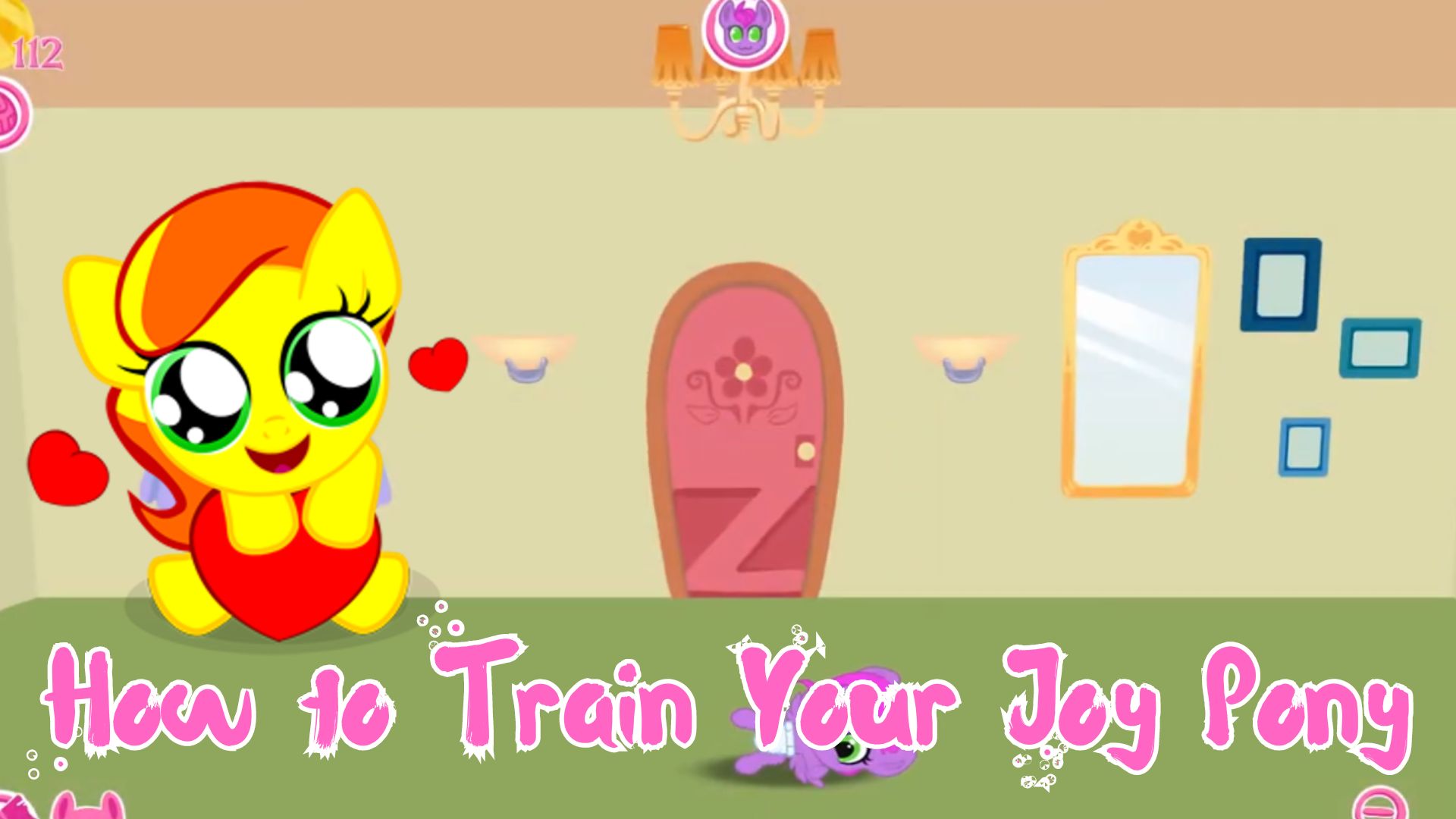Training a joy pony can be a rewarding and enriching experience, fostering a deep bond between you and your equine companion. Whether you’re a novice pony owner or looking to refine your training techniques, this comprehensive guide will provide you with the essential steps to train your joy pony effectively. We will cover everything from initial bonding to advanced training techniques, ensuring a well-rounded approach to pony training.
Understanding Your Joy Pony
Before beginning any training, it’s crucial to understand the specific breed and temperament of your joy pony. Different breeds have varying traits, strengths, and challenges. Research your pony’s breed characteristics to tailor your training approach effectively.
Building Trust and Bonding
Trust is the foundation of any successful training program. Spend quality time with your pony through grooming, feeding, and simply being present. Allow your pony to become comfortable with your presence and establish a sense of security.
Preparing the Training Environment
Ensure that your training environment is safe, secure, and free from distractions. A quiet, enclosed area with soft ground is ideal for training sessions. Remove any potential hazards that could cause your pony to feel anxious or scared.
Gather all necessary training equipment, including a well-fitted halter, lead rope, training stick, and treats for positive reinforcement. Having the right tools will facilitate smoother training sessions and enhance communication with your pony.
Basic Ground Training
Start with teaching your pony to accept a halter and lead rope. Practice leading your pony, stopping, and turning. Use gentle cues and rewards to encourage cooperation. This foundational skill is essential for more advanced training.
Desensitization involves exposing your pony to various stimuli in a controlled manner to reduce fear and anxiety. Gradually introduce your pony to different objects, sounds, and environments. Use positive reinforcement to build confidence and resilience.
Advanced Groundwork
Lunging is an excellent way to exercise your pony and reinforce commands from a distance. Teach your pony to move in a circle around you at different gaits. Use verbal cues and a lunge whip to guide your pony’s movements.
Long-lining, or ground driving, involves using two long reins to guide your pony from behind. This technique helps in refining steering and stopping commands, preparing your pony for future riding or cart work.
Introducing Riding
Introduce your pony to a saddle and bridle gradually. Allow your pony to inspect the equipment before gently placing it on their back. Ensure the saddle fits comfortably to prevent discomfort or injury.
Teach your pony to stand still while you mount and dismount. Use a mounting block if necessary and practice in a controlled environment. Reward your pony for standing quietly and patiently.
Start with basic riding commands such as walk, trot, and stop. Use gentle cues and maintain a calm demeanor. Gradually increase the duration and complexity of your rides as your pony becomes more comfortable.
Positive Reinforcement Techniques
Positive reinforcement is a powerful tool in pony training. Use treats and verbal praise to reward desired behaviors. Be consistent and immediate with rewards to reinforce the connection between action and reward.
Clicker training involves using a small device that makes a clicking sound to mark desired behaviors. Pair the clicker sound with treats to create a clear and consistent communication method. This technique can be particularly effective for precise training tasks.
Addressing Common Challenges
If your pony exhibits fear or anxiety during training, take a step back and identify the cause. Gradually reintroduce the stimuli in a positive and controlled manner. Patience and consistency are key to overcoming fear-based behaviors.
Address undesirable behaviors immediately and calmly. Use firm but gentle corrections and redirect your pony’s focus to a positive activity. Avoid harsh punishments, as they can damage trust and create additional problems.
Health and Well-being
Ensure your pony receives regular veterinary check-ups to maintain optimal health. Vaccinations, dental care, and deworming are essential components of your pony’s healthcare routine.
Provide a balanced diet tailored to your pony’s needs. Consult with a veterinarian or equine nutritionist to develop a feeding plan that supports your pony’s health and training requirements.
Regular physical exercise is crucial for your pony’s overall well-being. In addition to training sessions, provide opportunities for free movement and play to keep your pony fit and happy.
Building a Lifelong Partnership
Consistency is key to successful pony training. Establish a regular training schedule and stick to it. Consistent practice reinforces learned behaviors and helps your pony retain training over time.
Continuous Learning and Adaptation
Stay open to learning new training techniques and adapting your methods as needed. Each pony is unique, and what works for one may not work for another. Be patient and willing to adjust your approach to suit your pony’s individual needs.
Enjoying the Journey
Training your joy pony is a journey that requires time, effort, and dedication. Celebrate small victories along the way and enjoy the process of building a deep and lasting bond with your pony. Remember that patience, kindness, and consistency are the keys to successful training and a happy, well-behaved pony.
See Also – Ultimate Guide to Caring for Your Joy Pony: Tips and Tricks
Conclusion
Training a joy pony is a fulfilling and enriching experience that can create a lifelong partnership between you and your equine companion. By understanding your pony, preparing a safe training environment, mastering basic and advanced groundwork, and employing positive reinforcement techniques, you can ensure a successful training journey. Address challenges with patience and prioritize your pony’s health and well-being to build a strong, trusting relationship. With dedication and love, you’ll enjoy a rewarding journey of growth and companionship with your joy pony.

